
Ingredient
Pigeon peas (with pods)
Versatile Legume with Edible Pods
Pigeon peas are small, oval-shaped legumes that are encased in long, slender pods. The peas themselves are pale yellow or beige in color and have a mild, nutty flavor. The pods are green and slightly fibrous, offering a slight crunch when cooked. Pigeon peas can be used in a variety of dishes, including soups, stews, curries, and salads, providing a nutritious and flavorful addition.
Origins and history
Pigeon peas have a long history and are believed to have originated in India. They have been cultivated for thousands of years and are an important staple crop in many tropical and subtropical regions. Pigeon peas are highly valued for their ability to thrive in poor soil conditions and their resilience to drought, making them an essential food source in areas with limited resources. They have also been widely adopted in cuisines around the world, including Indian, African, Caribbean, and Latin American cuisines.
Nutritional information
Pigeon peas are a good source of plant-based protein, dietary fiber, and various vitamins and minerals, including folate, magnesium, and potassium. They are also low in fat and cholesterol, making them a healthy addition to a balanced diet.
How to select
When selecting pigeon peas with pods, look for fresh, vibrant green pods that are free from any signs of wilting or discoloration. The pods should feel firm and pliable, indicating that the peas inside are still tender. Avoid pods that are overly mature or have a yellowish color, as this may indicate that the peas have become tough and starchy.
Storage recommendations
To prolong the freshness of pigeon peas, store them in a breathable bag or container in the refrigerator. They can also be blanched and frozen for longer-term storage. If using the pods, they should be consumed within a few days of purchase, as they tend to lose their crispness quickly.
How to produce
Pigeon peas can be grown in home gardens or small-scale farms with the right growing conditions. They require a warm climate and well-drained soil to thrive. The plants should be watered regularly and provided with adequate sunlight. Pigeon peas can be harvested when the pods are fully developed but still green. Simply snap off the pods from the plant and remove the peas for consumption.
Preparation tips
Pigeon peas can be cooked in a variety of ways, depending on the desired dish. They can be boiled, steamed, or sautéed and used in soups, stews, curries, and salads. The peas can also be ground into flour or pureed to make dips and spreads. The pods can be lightly blanched or stir-fried to retain their crunchiness and used as a vegetable side dish or added to stir-fries.
Substitutions
Green peas or snow peas can be used as substitutes for pigeon peas with pods. However, they will not provide the same nutty flavor and slightly crunchy texture. Adjust cooking times accordingly.
Culinary uses
Pigeon peas are a versatile ingredient that is used in various cuisines around the world. They are commonly used in Indian dishes like dal, as well as in African, Caribbean, and Latin American cuisines. Pigeon peas can be incorporated into soups, stews, curries, rice dishes, and salads, adding a nutritious and flavorful element to the meal.
Availability
Pigeon peas are commonly cultivated in tropical and subtropical regions, including India, Africa, the Caribbean, and Latin America. They are also grown in some parts of the United States, such as Florida and Hawaii. Pigeon peas are widely available in local markets and grocery stores in these regions.
More ingredients from this category

Moringa (with pods)
The Nutritional Powerhouse of Moringa Pods

Chickling vetches (with pods)
The Versatile Legume: Exploring the World of Chickling Vetches

Garden peas (with pods)
The Green Gems of the Garden

Chickpeas (with pods)
The Versatile Legume: Chickpeas with Pods

Asparagus peas (with pods)
The Delicate Delight: Exploring the Unique Asparagus Peas

Winged pea (young pods)
The Delicate Delight: Exploring the Winged Pea's Young Pods
Recipes using Pigeon peas (with pods) » Browse all
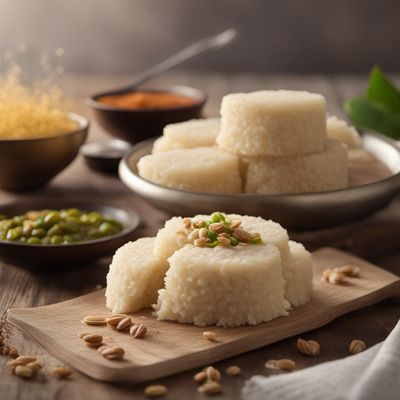
Sanna - Fluffy Steamed Rice Cakes
Delicate Clouds of Flavor: Sanna - A Taste of India's Culinary Heritage

Khar - Assam's Traditional Delight
Smoky and Spicy Assamese Khar: A Culinary Adventure from Northeast India
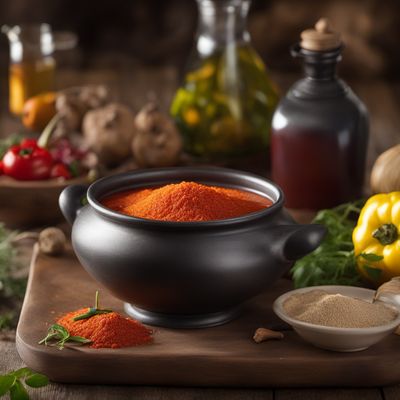
Canarian Style Jug-Jug
Savory Cornmeal and Pigeon Pea Stew: A Taste of Canarian Delight
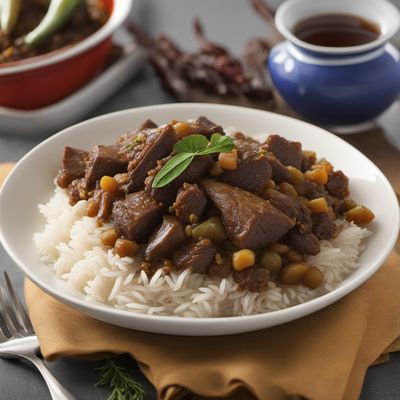
Barbadian-style Braised Goat
Spiced and Tender: Barbadian-style Braised Goat
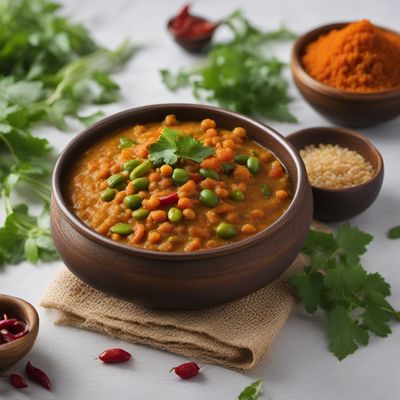
Jain Bisi Bele Bath
Savory Lentil and Rice Medley: Jain Bisi Bele Bath
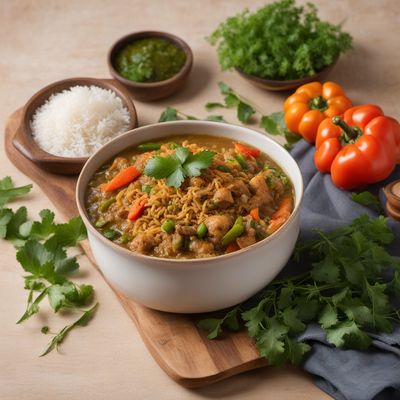
Trinidad Pelau
Caribbean Delight: Trinidad Pelau - A Flavorful One-Pot Wonder
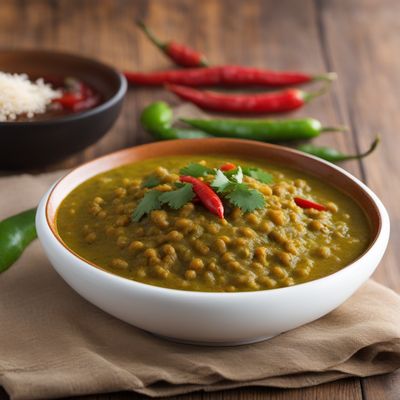
North Karnataka Style Dous Makos
Spiced Lentil Cake Delight: North Karnataka Style Dous Makos
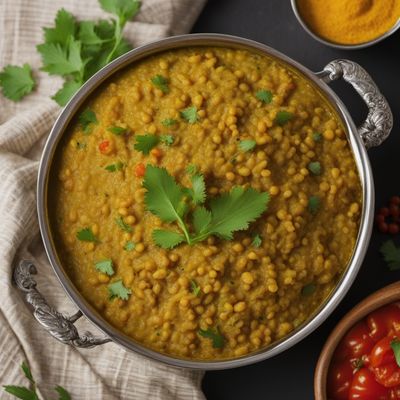
Paruppu Sadam - Traditional South Indian Lentil Rice
Hearty Lentil Rice Delight - A Flavorful South Indian Comfort

Pappu Charu - Andhra Style Lentil Soup
Soul-Warming Andhra Lentil Delight

Puerto Rican Style Paella
Tropical Delight Paella: A Puerto Rican Twist on the Spanish Classic

Authentic South Indian Sambar
Spicy Lentil Stew: A Burst of Flavors from South India

Udupi-style Coconut Lentil Stew
Creamy Lentil Delight: Udupi's Coconut Sombi